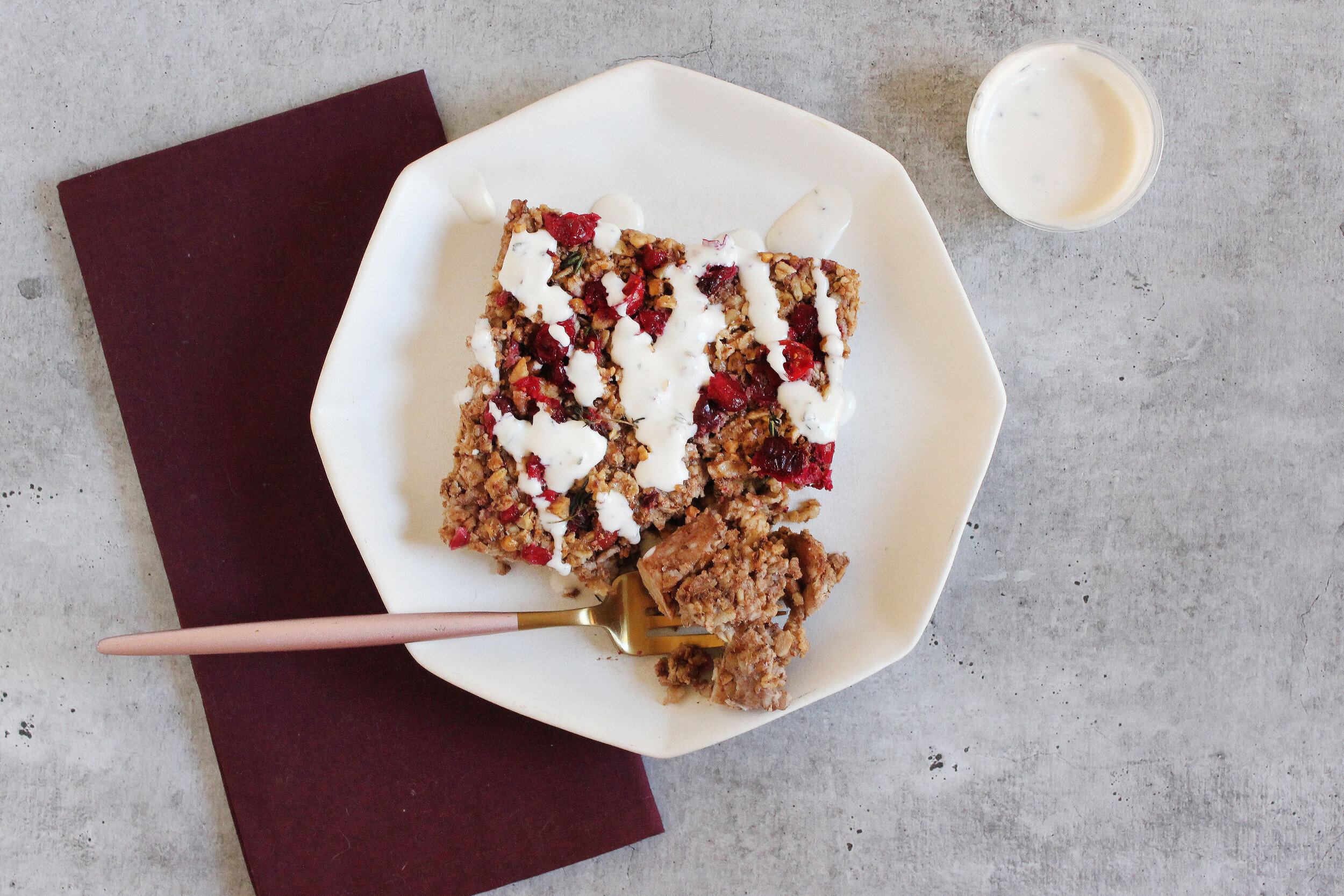If you’ve ever seen one of those old English Victorian houses where the walls are bowed due to a compromised or damaged foundation, the exact same thing happens in the body when the foundation (pelvic floor) has been weakened. What that looks like is a bulging in the abdomen area (commonly known as the “mummy tummy” and is often mistaken for food related bloating when in actual fact it’s very often an issue with the pelvic floor (although it absolutely can be both). It’s definitely not unique to women either. If you know someone with a “dad belly” there’s a good chance they’ve neglected their pelvic floor over time too. In this piece, we are going to dive into all you have to know on the pelvic floor, and how to optimize it through the power of movement and nutrition.
Why is a strong pelvic floor important?
The pelvic floor is literally the foundation of your core. It also provides support for the uterus and internal organs. You wouldn’t expect to have strong glutes without training them, so why would your pelvic floor just be strong on its own? Crunch type exercises are actually a pretty advanced core move, so doing those with a weak pelvic floor is a bit like building a house on sand.
Understanding The Pelvic Floor Basics
How do I know if mine is weak or strong?
Typically, if you experience things like leaking when you jump or sneeze, feel like your insides are bouncing up and down when you run, are always pulling your back out, or have been doing all the crunches but never feel like you’re making progress with core strength, there’s a really good chance you have a weak pelvic floor.
However, if penetration is painful (or even inserting a tampon), and/or you often have an uncontrollable urge to pee, there’s a good chance your pelvic floor is not only weak, but also tight, which requires a slightly different approach including more stretching and releasing of the pelvic floor, as well as strengthening.
What happens during pregnancy?
During pregnancy, the muscles and the fascia stretch to accommodate the growing fetus. Fascia can take a good amount of time to remodel. So if we’re constantly doing things like deep twists, deep backbends and movements that stretch the fascia, then it doesn’t have the time and space it needs to remodel. You may have been told by a doctor or by Google, “You’re a mom now. It’s part of the package.” But with the right know-how, you can absolutely vastly improve it!
Can I have a “mummy tummy” without having borne children?
Bearing children is not the only cause of a weak pelvic floor and therefore not the only reason why a “mum-tum” might be present. Other factors can include:
Improper breathing patterns over time
Age
Genetics
Chronic cough
Poor posture
Poor core pressure management
The chances of having a weak pelvic floor become much greater as we age already — then add pregnancy and birth on top of that and you can see just how important it is to have a proper pelvic floor routine (and I'm not talking about Kegels here) and balanced nutrition.
“Today’s food is absolutely laden with hormones, chemicals, additives, preservatives, cheap fillers, etc. — many of which have been found to cause gut issues, brain fog, hormone imbalances, and obesity. Eating clean is becoming more vital to our health than ever before.”
Why Your Nutrition Matters
THERE IS An important correlation between collagen and the pelvic floor.
The pelvic floor loses collagen as we age, just as with the rest of the body. So just like when our breasts and our chin start to feel the effects of gravity over time due to decreased skin elasticity, so too does the pelvic floor. It becomes even more important to strengthen and tone the pelvic floor as we get older, whether we’ve given birth or not!
My Top Tips for Conquering Belly Fat
”I love the Provenance Bone Broths for an amazing source of pasture-raised, sustainable collagen.”
Available on the Daily Essentials meal delivery menu every week.
Avoid bloating foods. It is really different for everyone, but a good place to start is by eliminating gluten and dairy for a few days and see if you notice a difference. One of the reasons why I love the meal delivery service from Provenance Meals: everything is gluten and dairy free (my two top personal bloating foods) while also being truly delicious.
Train your pelvic floor!
Just because you’re in a season of healing and changing your body, doesn’t mean you can’t love your body exactly as it is right now. So go rock that swimsuit and be proud of the body you’re in right now, no matter where you are in your healing journey.
My favorite technique as a pelvic floor expert — and no, it’s not Kegels.
Many of us think that “Kegels” are the answer to pelvic floor issues. I used to think that too. But Kegels only give us a small part of the picture. If you’ve had success with doing Kegels, I consider you to be among one of the few lucky ones! Included in my free pelvic floor training, is this foundational technique I use. There are many ways to build on it from here:
Stand up straight with your feet slightly apart and your pelvis and spine in neutral. There should be a slight curve in your low back and the ribcage should be tucked in without rounding your shoulders forward.
Keep your chin lifted and look straight ahead (preferably in front of a mirror).
Try to create a sensation of lift through your entire body. Through your legs, through your spine, and up through the crown of your head.
Now put your mind to about six inches below your belly button and imagine trying to lift up all of your internal organs (without changing the position of your spine and without squeezing your glutes). That’s your pelvic floor lifting!
Now keep that lift and imagine you’re wearing an old Victorian corset and someone is wrapping and tying it tightly around you. Those are your transverse abdominals at work!
Now start to breathe deeply in and out whilst keeping those two connections.
You want to avoid sending the breath into the belly and think instead about sending that deep inhale into the back of your ribcage.
Keep breathing deeply in and out. We want to try to get out of the habit of shallow breathing patterns whilst keeping both that sensation of lift and wrap, without squeezing your glutes and without allowing your shoulders to tense or round forward.
Interested in an Elimination Protocol?
Provenance’s in-house nutrition experts recommend exploring an elimination protocol at least once in your life to help both determine root causes and alleviate uncomfortable symptoms. All of the meals in their Organic Meal Delivery and Cleanse Programs are 100% free of common inflammatory triggers like gluten, dairy, refined sugars, refined oils, additives, and preservatives.
Emma Bromley is a certified Pilates instructor and best-selling author of The Pelvic Floor. After struggling with 4 finger diastasis (abdominal separation) following the birth of her child, Emma did not believe surgery was the only solution to heal. She took it upon herself to heal naturally through the power of movement, and now shares her knowledge to help other mothers and individuals take control of their health and wellness. Follow @BromleyMethod for more tips on how to strengthen the pelvic floor and core.





















